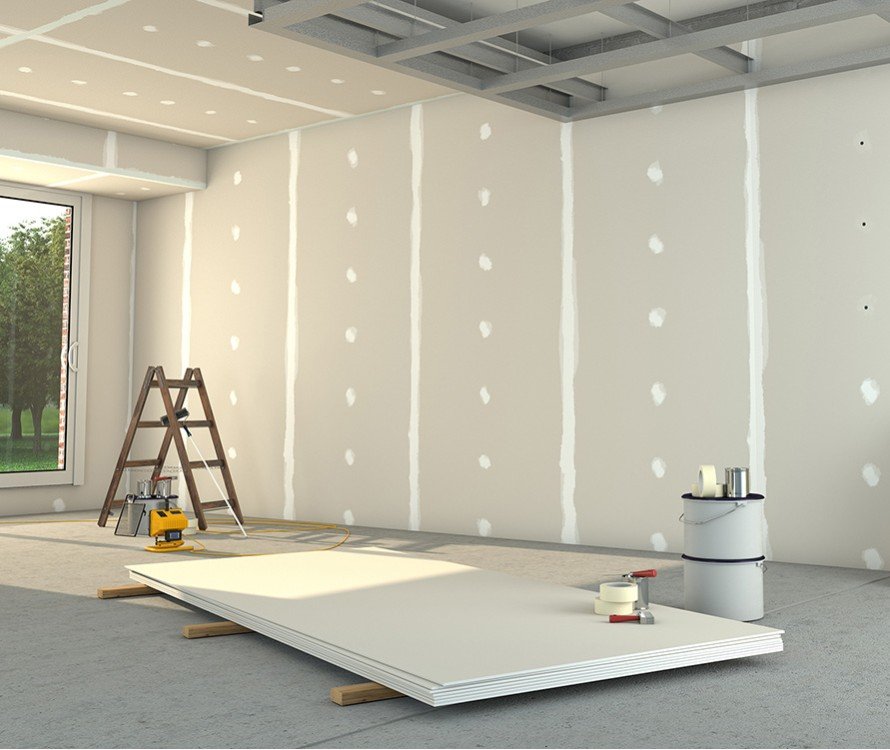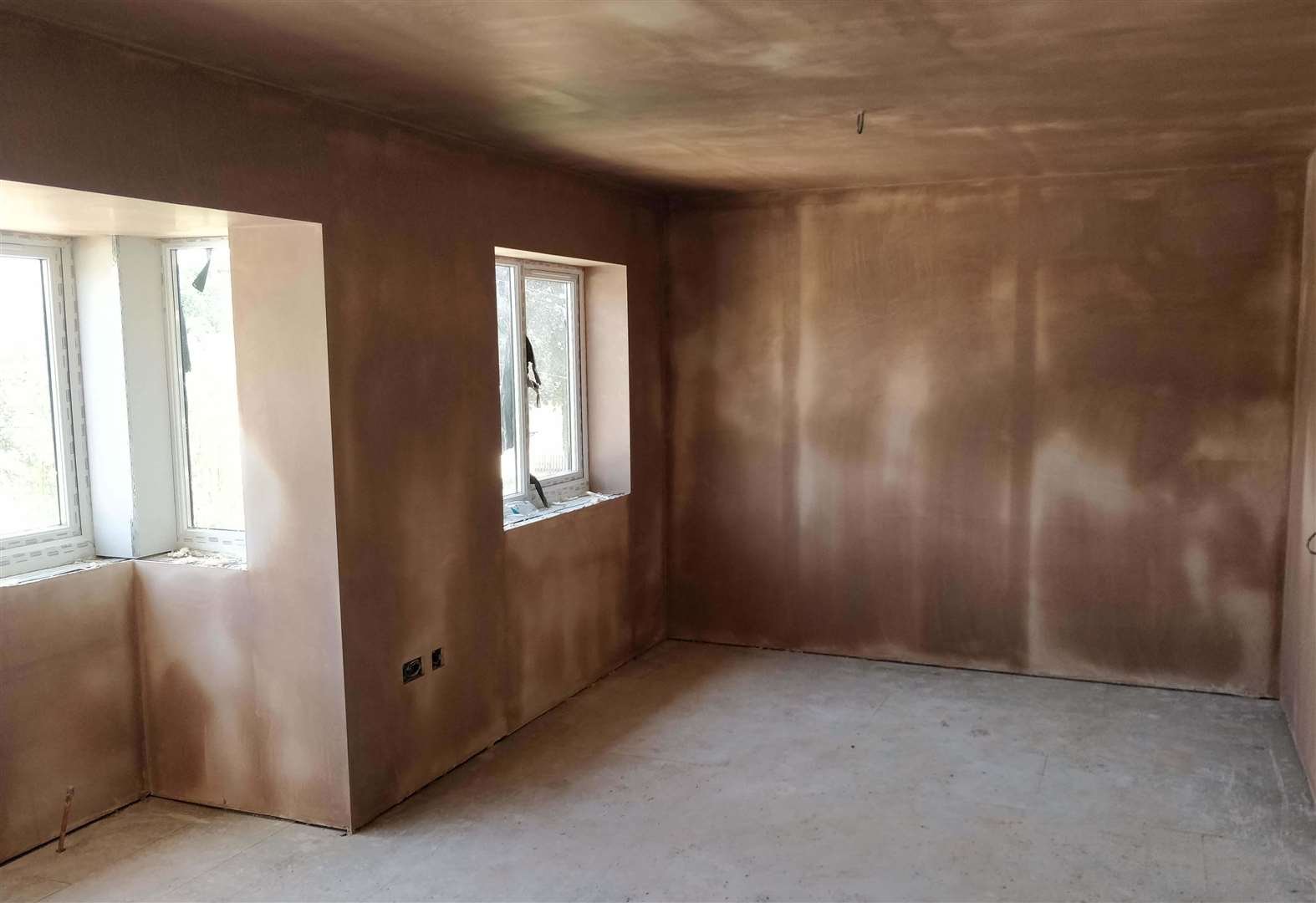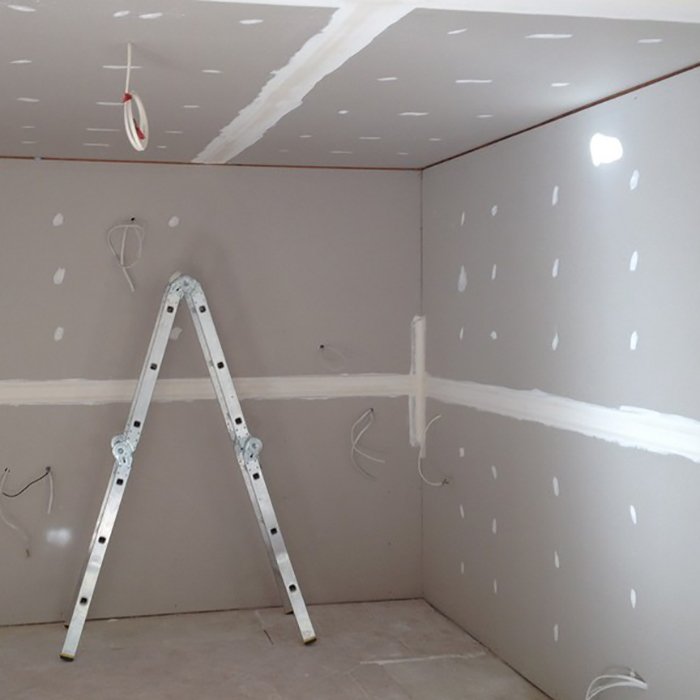
Plastering vs Dry Lining: Which is Best for Your Project?
PROFFESIONAL ADVICE FROM OXFORDSHIRE’S INTERIOR WALL FINISHING EXPERTS
TWO FINISHES. ONE RIGHT FIT.
When it comes to finishing interior walls and ceilings, plastering and dry lining are two of the most commonly used techniques in the UK. While both are designed to create smooth surfaces ready for painting or decorating, they differ significantly in their application, drying time, finish quality, and cost. Whether you're renovating a period property in Oxford or working on a modern build in Bicester, choosing the right method can have a big impact on the final result.
At Surface Spray Oxfordshire, we’ve worked on dozens of homes and commercial spaces across the county, from quick-turnaround rental refurbishments to high-end residential developments. This page is designed to help you understand the pros and cons of each approach, so you can make the right decision based on your budget, timeline, and the specific needs of your space. Not sure where to start? We’re just a message away.
WHAT IS PLASTERING?
Plastering is a traditional technique used to coat internal walls and ceilings with a smooth, hardwearing surface. It remains a popular choice in both modern builds and period property renovations due to the flawless, high-end finish it delivers. When applied by a skilled professional, plaster creates a seamless surface that’s ideal for painting, wallpapering, or other decorative finishes.
One of the key advantages of plastering is its versatility. Unlike dry lining, which works best on straight, even walls, plaster can be expertly shaped and applied to curved, irregular, or uneven surfaces. This makes it especially useful in older homes or buildings with unique architectural features. Known for its strength, durability, and timeless appearance, plastering remains a go-to option for anyone looking to achieve a premium interior finish.
ADVANTAGES OF PLASTERING
Plastering is a traditional and time-tested method for finishing interior walls. Known for its versatility and durability, it remains a popular choice for both DIYers and professionals - especially in projects where precision and a high-end finish are key. While dry lining offers speed and simplicity, plastering brings its own set of unique benefits that have stood the test of time.
Advantages:
Unlimited flexibility – Wet plaster can be applied to any surface, even in awkward or irregular spaces, making it ideal for complex wall shapes.
Cost-effective materials – The base materials for plastering are often cheaper than plasterboard, although professional labour can increase the overall cost.
Superior airtightness – Wet plaster forms a continuous, gap-free surface, helping to retain heat and block moisture more effectively than dry lining.
Exceptionally smooth finish – A skilled plasterer can achieve a flawless, seamless surface that often surpasses the finish of sanded plasterboard.
Long-lasting durability – Properly applied plaster is tough and long-lasting, withstanding wear and tear better than many ready-made wall products.
WHAT IS DRY LINING?
Dry lining is a modern construction method that involves fixing plasterboard sheets directly to interior walls or ceilings to create a smooth, clean finish. It’s a quicker and less messy alternative to traditional plastering, as it doesn't require wet materials or lengthy drying times. Once installed, the boards can be taped, jointed, and painted, providing a ready-to-decorate surface in a fraction of the time.
This technique is especially popular in new builds and renovations where speed and efficiency are key. Dry lining also offers practical benefits beyond speed - it can be combined with insulation materials to improve thermal efficiency and soundproofing within a space. Its straightforward installation process makes it a go-to choice for projects where a fast turnaround and modern finish are top priorities.
ADVANTAGES OF DRY LINING
Dry lining, also known as plasterboard or drywall, is a quicker, cleaner alternative to traditional plastering. It involves attaching pre-made boards directly to walls or ceilings, offering a smooth finish without the mess or drying time of wet plaster. Widely used in both homes and commercial spaces, dry lining is popular for its simplicity and efficiency.
Advantages:
Easier installation for standard rooms - Simply measure, cut, and attach the boards.
Less skill required – No complex mixing or application techniques needed.
Reduced risk of cracking – No drying phase means fewer issues with cracks.
Faster completion – Walls can be decorated almost immediately.
Practical for hiding cables – Easily conceals wires and pipes behind walls.
Improved insulation – Space between board and wall allows for added thermal and sound insulation.
WHICH IS RIGHT FOR YOU?
Deciding between plastering and dry lining depends on your property type, project timeline, and the finish you want to achieve. Both methods offer unique advantages, so the best choice will vary based on your specific needs.
Choose plastering if you:
Want a high-quality, seamless finish ideal for painting or decorative features
Are working with irregular, curved, or older walls that need more flexibility
Prefer a more robust, durable surface with excellent longevity
Need better airtightness and noise reduction in the space
Are renovating a heritage or period property where traditional materials are preferred
Choose dry lining if you:
Need a faster and cleaner installation process
Are working on a modern building with straight, uniform walls
Want to add insulation easily behind the boards
Are looking for a cost-effective option with minimal drying time
Need to minimise disruption in occupied spaces like offices or homes
Ultimately, your decision comes down to the nature of your project, the condition of your walls, and the finish you’re aiming for. If you’re unsure which approach is right for you, we’re here to help—get in touch with our Oxfordshire-based team for expert advice tailored to your property.
WHY US?
At Surfacespray Oxfordshire, we treat every project as a true partnership. From your first call to the final finish, we take the time to understand your needs and deliver tailored solutions that exceed expectations.
Here’s why homeowners and businesses across Oxford choose SurfaceSprayOxfordshire:
100% quality guaranteed
Flawless finish from start to finish
Local, reliable Oxford-based team
Dedicated support throughout your project
Quick turnaround with no compromise on quality
AREAS WE COVER
✅ Oxfordshire
✅ Buckinghamshire
✅ Surrounding Areas
Email
surfacesprayoxfordshire@outlook.com
Phone
+44 7824593778




FAQs
-
Dry lining is generally more cost effective than traditional plastering due to reduced labour and material costs.
-
The preferable choice between dry lining and wet plastering depends on your specific project requirements. Dry lining is often quicker and more cost-effective, while wet plastering may offer a smoother finish.
-
Yes, plaster is typically applied over the dry lining to create a smooth, paintable surface.
-
Dry lining is often a more economical option for wall finishing, especially for large-scale projects or where cost efficiency is a priority.



